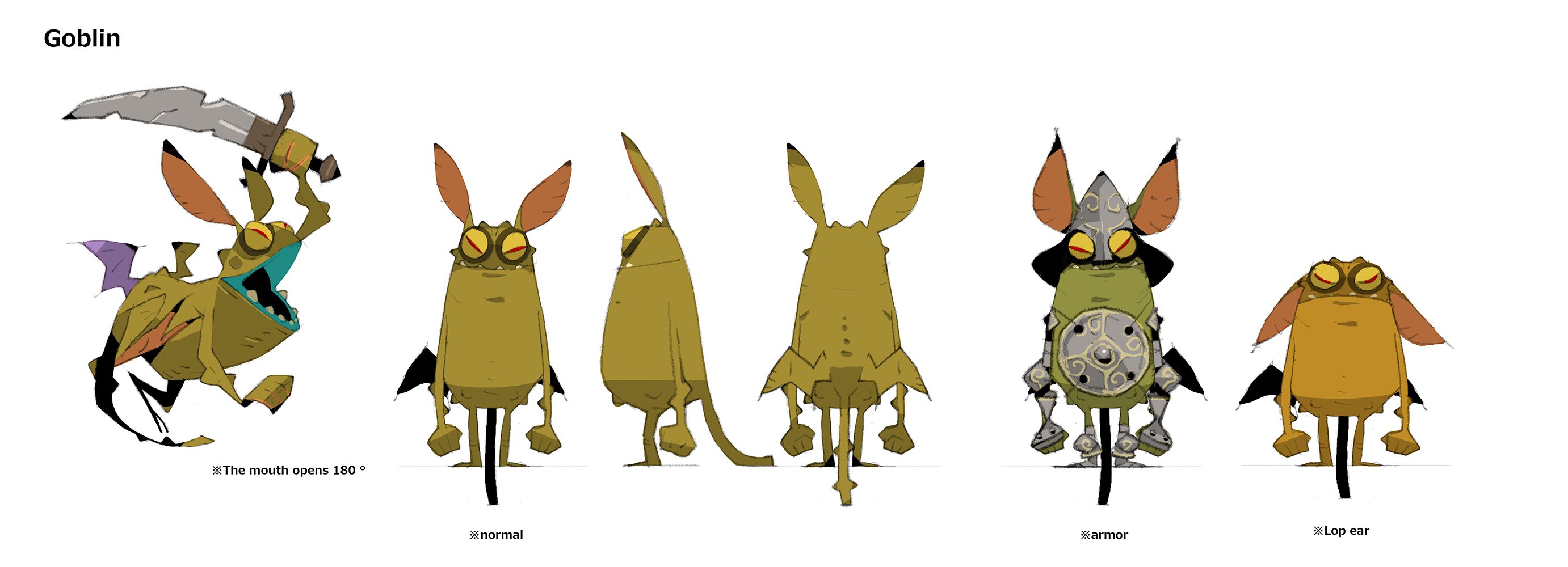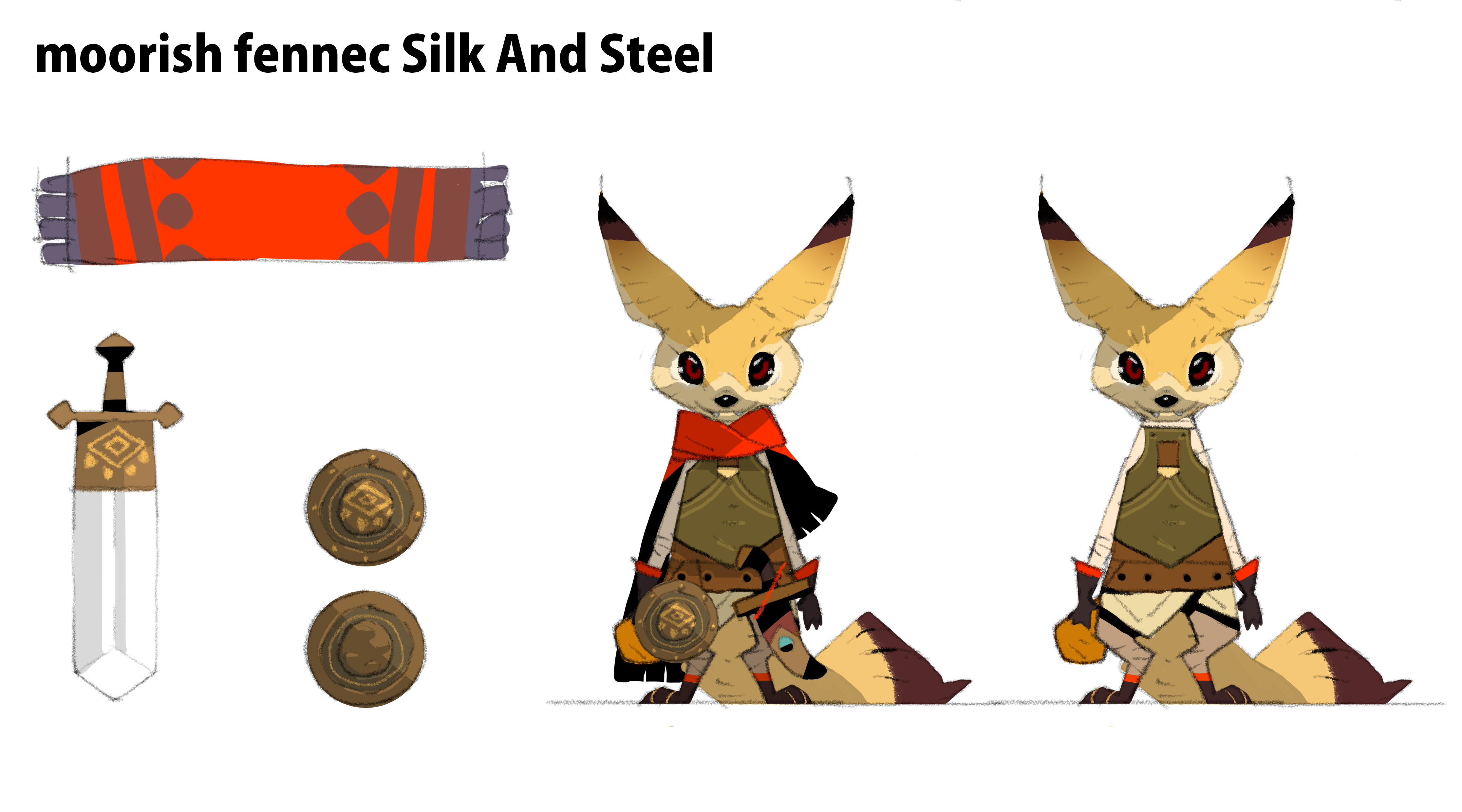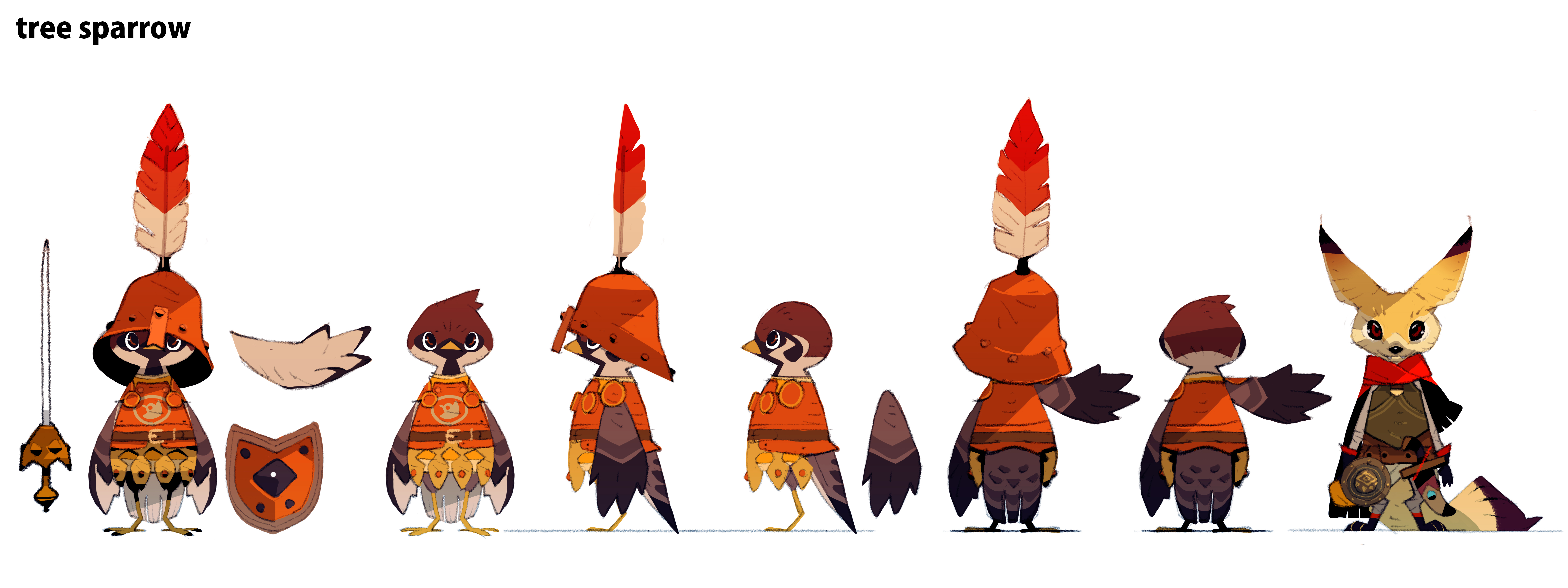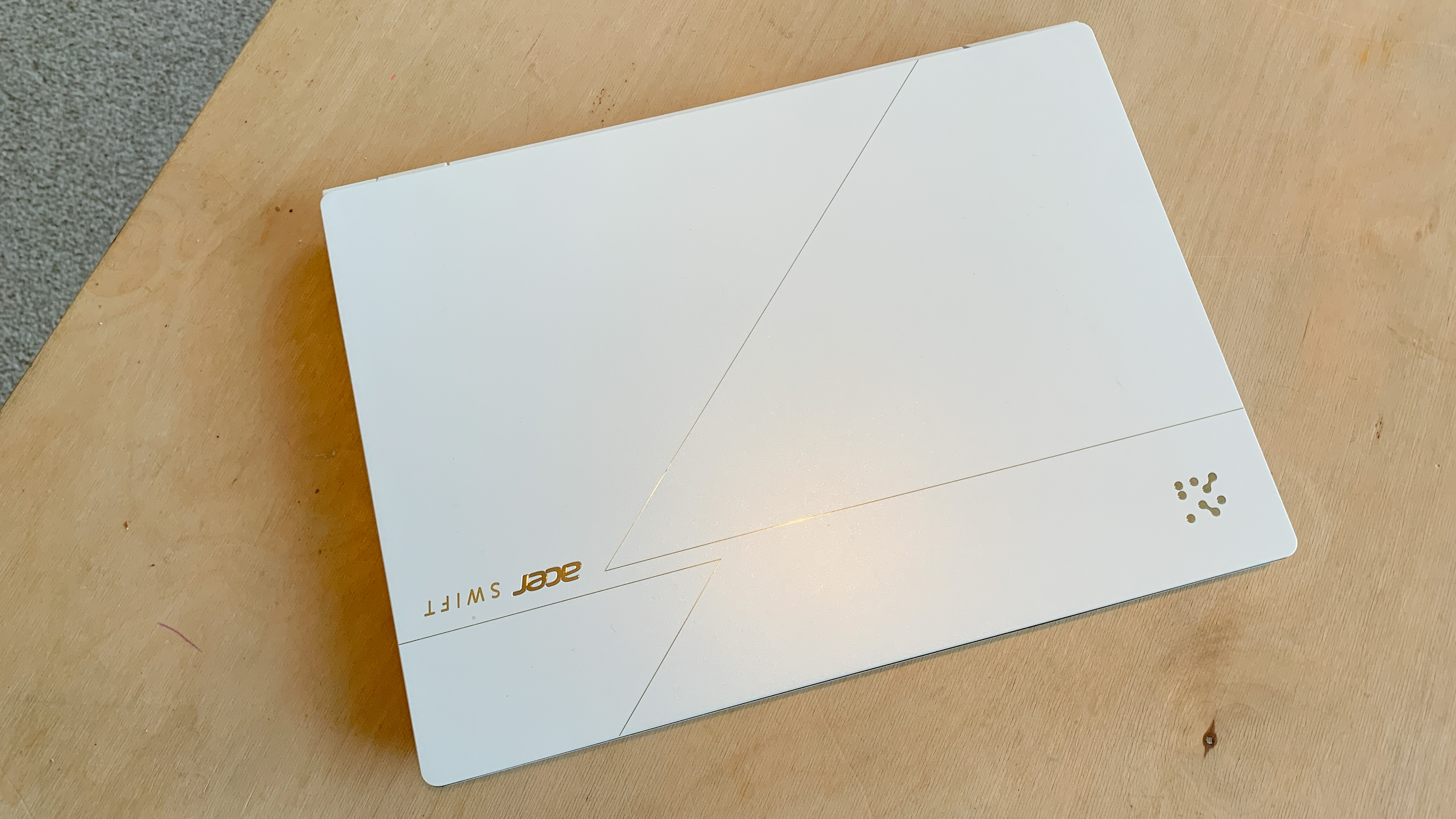Awaysis isn’t just a retro throwback – it reinvents 16-Bit dungeon crawling with next-gen physics
17-Bit's Jake Kazdal shares how this indie adventure is reimagining retro.
The name of 17-Bit's studio comes from founder and creative director Jake Kazdal wanting to make "16-bit games with modern flair". You can see this with its new game Awaysis, which resembles a classic top-down action-adventure from the SNES era like Secret of Mana, except its cute (and weird) anthropomorphic weapon-wielding critters aren't presented in pixel art but in 3D.
The titular ancient floating relic you adventure on has a kind of plasticky diorama feel to it, while characters knocking each other about have the anarchic energy of getting out your toy figurines to scrap with one another. "This is very dirty, physical, gross, street fighting combat," he says.

The revolutionary aspect of the game comes from the studio's bespoke physics tools, different from the Chaos Physics that comes with Unreal Engine 5. "With Havok [or Chaos], you can ragdoll stuff but there’s no input left at all," Kazdal explains. "What we want is me swinging my sword, and when I hit a wall, we have a target animation that plays a recoil, then we blend that recoil with actual physical information, so if you hit the sword this fast on this type of surface, it will bounce back this much."
It can get more granular, too, in how you can charge up the power of your weapon attacks, but also just shove or slide into an enemy (or each other). In most games, you might have a preset charge animation or a knock-back stun animation, but in Awaysis, if you shove someone in the middle of their attack animation, it would still cancel their attack but not the whole animation.
It would be more like the enemy gets knocked back while their weapon swings at the air in vain. "This combines physical simulation with animation. and that allows for just a lot more subtlety and variety, so you won't see the same reaction over and over again," Kazdal explains.

Canned animation is, by nature, prerecorded and therefore predictable, as you'll see the same animations play out again and again. It's something Kazdal has gotten tired of, despite also speaking of his love of classic arcade games that, while reliant on canned animations, also allow for tight and clean inputs. Awaysis's physics-based combat animations are, however, inspired by the emergent physics in party brawler Gang Beasts (if that game had swords); they also have a quirk that didn't sit right with Kazdal.
"Most [physics] simulation games are pretty clunky and inexact in the wrong way, you don't have quite enough control over it to feel really in tune with it," he says. Awaysis, then, is meant to be a happy in-between. "Our characters do have weight, so you can jump and turn around and not have air friction. It feels physical, grounded, heavy, you're dealing with physical props, physical weapons, everything about it is physical, heavy, dirty, and opportunistic, and it's just a different kind of game."
Daily design news, reviews, how-tos and more, as picked by the editors.
Alongside the forward-thinking physics is an aesthetic that doesn't just take inspiration from but is actually made in collaboration with veteran Japanese creators behind games that have been influential to Kazdal. There's the music from Hirokazu 'Hip' Tanaka, who made his name at Nintendo as a sound programmer and composer on many NES classics (one of the best retro consoles) like Metroid, Kid Icarus, and the Mother series. He, however, eschews his chiptune stylings in favour of more dubby beats ("it's still got that chip-tune core, that classic video game soul", says Kazdal).


The character designs, meanwhile, come from Satoshi Matsuura, best known for his cute and whimsical creature designs – he even has a book featuring more than 600 illustrations for fantasy characters and creatures, called Fantasy Characters and Creatures: An Artist's Sourcebook, which is an essential sourcebook for any budding character artist.
"I've been following him on Twitter for years, I love his style, so I just cold-called him," Kazdal explains. "When Square Enix was kind of split between the realistic Nomura stuff and the cuter stuff, he was on the latter side, but he had also worked on Legend of Mana, and Secret of Mana was a huge inspiration for this game."
Family-friendly fare like Minecraft Dungeons has also been an inspiration, and given the warm and colourful environments with lush gardens and flowing water, the first area of Awaysis certainly feels more chill and inviting than your average game that involves dungeoning. Hopefully, that doesn't work against the game as another throwaway lightweight indie game. It's something Kazdal is conscious about, too.
"I'm a big Steam player and I've played plenty of other indie games that look cute and well-executed, but I've played them a hundred times before," he concludes. "This is our desperate attempt to move the medium forward and do something different and new. That’s going to be one of our biggest challenges, because this does look at a glance like something you've played before, and I do think that people are gonna have expectations that are not this game."



Alan Wen is a freelance journalist writing about video games in the form of features, interview, previews, reviews and op-eds. Work has appeared in print including Edge, Official Playstation Magazine, GamesMaster, Games TM, Wireframe, Stuff, and online including Kotaku UK, TechRadar, FANDOM, Rock Paper Shotgun, Digital Spy, The Guardian, and The Telegraph.
You must confirm your public display name before commenting
Please logout and then login again, you will then be prompted to enter your display name.
